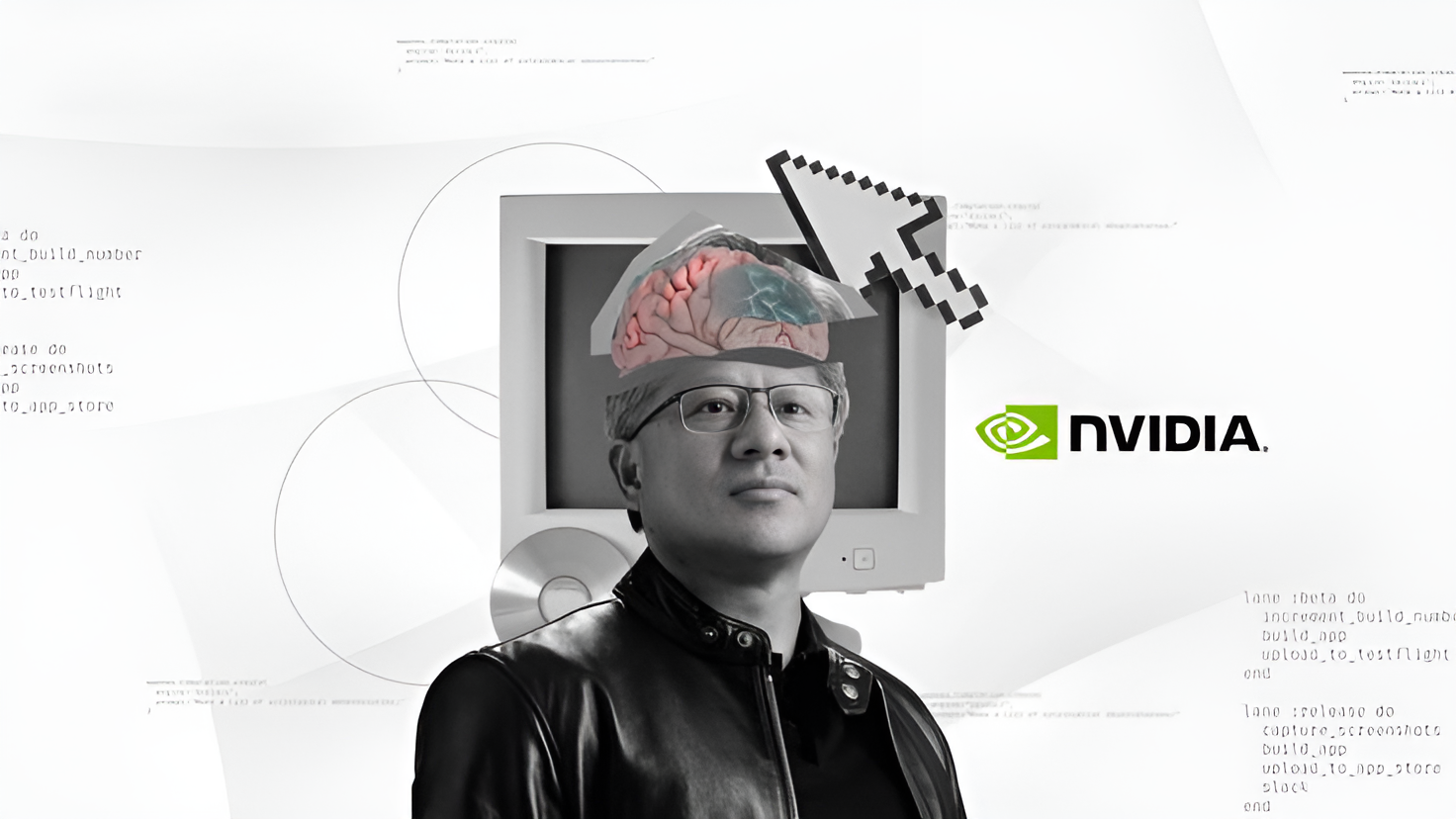Prioritizing Data for Post-Quantum Cryptography (PQC) Analysis Report
5W1H Analysis
Who
The primary stakeholders involved in this development include cybersecurity firms, cryptography experts, technology companies, and organisations whose operations are heavily reliant on data security. These include financial institutions, government agencies, and large enterprises concerned with maintaining the integrity of sensitive data.
What
The development focuses on implementing strategies for prioritising and protecting sensitive data against potential threats posed by quantum computing. This involves adopting scalable cryptography solutions designed to withstand the computational power of future quantum computers.
When
The discussion and implementation of post-quantum cryptography (PQC) have been gaining momentum over recent years, with significant attention in 2025 as organisations anticipate the imminent challenges posed by advancing quantum technologies.
Where
While this strategy is globally relevant, its primary focus is on developed markets with significant investments in digital infrastructures, such as North America, Europe, and parts of Asia-Pacific.
Why
Quantum computers, once fully realised, are expected to possess capabilities far beyond current technology, posing a significant risk to existing encryption methods. The move towards PQC is driven by the necessity to future-proof data security and organisational viability.
How
The strategy involves identifying the most critical data that require protection, assessing current security frameworks, and integrating new cryptography techniques that are resilient to quantum threats. This includes transitioning to algorithms that can withstand quantum decryption attempts.
News Summary
As quantum computing emerges on the technological horizon, organisations are urged to prioritise and protect their most sensitive information using advanced cryptography strategies designed for a post-quantum world. These efforts are crucial to mitigate potential data breaches and ensure the security of digital assets in the face of quantum innovations.
6-Month Context Analysis
In the past six months, there has been a noticeable increase in collaboration between tech companies and academic institutions to research and develop post-quantum algorithms. Efforts have centred on creating standardised solutions that can be rapidly adopted across industry sectors. Additionally, governments have initiated funding programs to accelerate advancements in quantum-resistant technologies.
Future Trend Analysis
Emerging Trends
- Increased investment in quantum research and development. - Collaboration between public and private sectors to establish cryptographic standards. - Greater emphasis on education and training in quantum computing and cryptography.
12-Month Outlook
In the coming year, we can expect a broader adoption of quantum-resilient encryption methods across key industries. Companies will likely prioritise security audits and strategic partnerships to bolster their cryptographic defences.
Key Indicators to Monitor
- Adoption rates of PQC standards in major industries. - Advances in quantum computing capabilities. - Regulatory developments concerning data protection and quantum encryption.
Scenario Analysis
Best Case Scenario
Organisations successfully implement quantum-resilient encryption, securing their data against future threats with minimal operational disruptions, thereby maintaining trust and credibility with stakeholders.
Most Likely Scenario
A gradual integration of PQC technologies as awareness and technological readiness improve, accompanied by ongoing challenges in aligning with international cryptographic standards.
Worst Case Scenario
Failure to adapt to quantum threats in time leads to significant data breaches, resulting in financial losses and reputational damage for corporations unprepared for quantum innovations.
Strategic Implications
Organisations must assess their current encryption strategies, invest in employee training regarding quantum developments, and explore collaborations with research institutions to remain competitive in a post-quantum landscape.
Key Takeaways
- Organisations must prioritise their most sensitive data for PQC implementation.
- Development of quantum-rich markets like North America and Europe will lead adoption trends.
- Inter-sector collaboration is vital to develop effective PQC standards.
- Regulatory frameworks will need to evolve alongside technological advances.
- Continuous monitoring of quantum innovations and responses is crucial for maintaining data security.
Source: Prioritizing data for post-quantum cryptography (PQC)





















Discussion